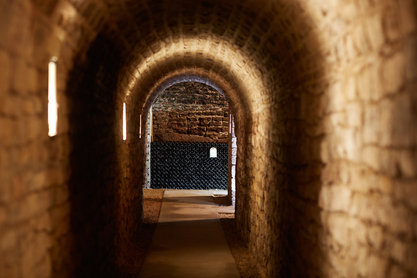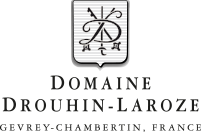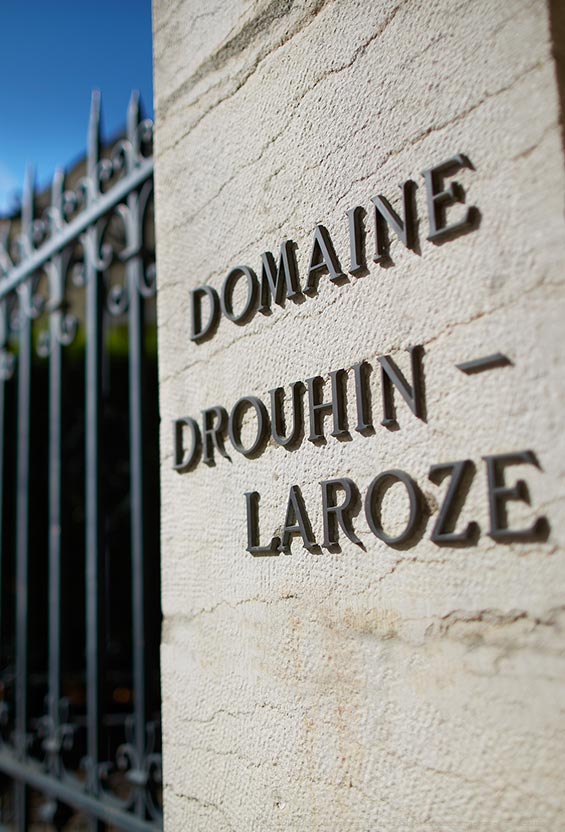
About the Climate 2004
Key dates:
Budbreak: 25 April
Flowering: 10 June
Cluster thinning: Late July
Veraison: 06 August
Harvesting: 24 September
Overview
While 2003 was a heatwave year, 2004 was especially poor on the weather front, marked by relatively high rainfall and little sunshine. Luckily, September's summery conditions meant that the viticultural year ended with a flourish.
Dormancy:
The records show no seriously cold snaps: January and February were very warm for the time of year.
Growing season:
March began with cold weather and temperatures were well below the average, accompanied by frequent frosts. April's temperatures were close to normal.
In May, temperatures varied considerably and summery conditions alternated with almost wintry spells.
There was a lack of rainfall throughout the region. At the beginning and end of June, temperatures were close to 30°C. The lack of water continued with a monthly shortfall of 10 to 30 mm. Although June held promise for a good summer, July then quenched our enthusiasm. The first fortnight in July was cool, with minimum temperatures never managing to rise above 9°C. During the same period, frequent storms caused serious damage in some places. The sun shone only timidly throughout the month. August was especially poor, with relatively low temperatures and rainfall higher than the norm - levels were 2 to three times higher than the seasonal averages. Sunshine was largely lacking. In early September, temperatures rose to summer levels at almost 30°C. There was a good deal of sunshine, with a surplus of 40 hours. Taken from the bulletin of the plant protection service.
The harvest:
Following painstaking efforts throughout the summer (including leaf removal in July and cluster thinning at the end of July - to reduce the number of bunches and allow air to circulate around the vines - and in September - to remove grapes already showing signs of grey rot), picking began on 24 September. The grapes were carefully sorted, with the result that about 10% of the harvest was rejected. Once the healthy grapes were in vats, vinification went ahead without any particular difficulty, although this is always a time for close daily monitoring and irrevocable strategic decision-making and of intense stress.
Assessment of quality:
After two somewhat atypical vintages, 2004 marks a return to Pinot Noir typicity; the colour is strong and deep without being intense. This vintage is exactly how we all love them to be for this grape variety - highly aromatic with a range of red fruits, and even black fruits in certain appellations, and the presence of marked, but elegant, tannins. I recommend you make the most of this typicity by serving these 2004 wines at around 3 to 5 years old for the Villages and Premier Cru appellations and 5 to 8 years old for the Grands Crus.


